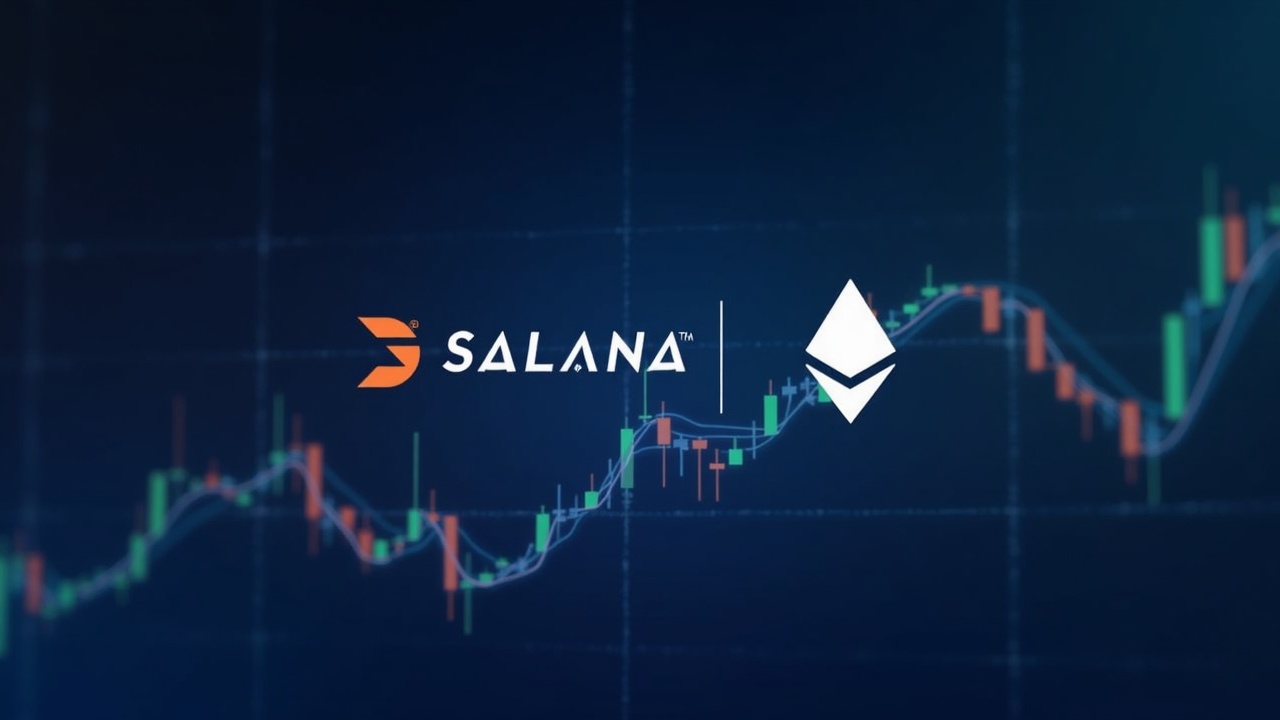The Regulatory Countdown and Market Structure Shift
The crypto market is on the brink of a significant structural shift, with the U.S. Securities and Exchange Commission (SEC) entering a critical decision window for spot Solana Exchange-Traded Funds (ETFs) in October 2025. This follows the successful launches of spot Bitcoin and Ethereum ETFs, marking a potential new phase of institutional adoption for altcoins.
Major asset managers, including VanEck, 21Shares, and Grayscale, have pending applications, with final deadlines clustered around mid-October. Analysts project that the approval of a Solana ETF could attract substantial institutional capital, with estimates ranging from $3 billion to $6 billion in net inflows within the first year. A key differentiator for Solana ETFs is the likely inclusion of staking rewards, a feature not currently present in U.S.-listed Ethereum ETFs. This offers a dual return mechanism—price appreciation and passive yield—that could make it particularly attractive to institutions.
Divergent Paths: How Size and Structure Dictate Impact
The core premise of your study holds: Solana’s smaller market capitalization makes it inherently more sensitive to capital flows than Ethereum. This fundamental difference means that the same inflow of institutional money would have a disproportionately larger impact on Solana’s price and ecosystem stability.
-
Market Sensitivity and Liquidity: Your analysis correctly identifies that a million-dollar inflow would have a much larger percentage impact on Solana’s market cap than on Ethereum’s. This “leverage effect” works both ways. While it can fuel rapid growth, it also increases Solana’s vulnerability to sharp downturns if sentiment sours or if large holders (whales) decide to sell. Recent data shows that despite growing institutional interest, Solana has faced challenges with liquidity outflows and whale-driven volatility.
-
Ecosystem Maturity and Stability: Ethereum’s primary advantage lies in its deeply entrenched ecosystem. It boasts a vast network of developers, a larger Total Value Locked (TVL) in DeFi, and a established role in the tokenization of real-world assets (RWAs). This creates a powerful network effect that helps stabilize participation and value even during market downturns. Solana, while demonstrating impressive growth in stablecoin supply and DEX volume, has a younger ecosystem that is more susceptible to speculative activities and has experienced network reliability issues in the past.
-
Technological Edge and Staking Dynamics: From a purely technical standpoint, Solana offers advantages in throughput and cost, processing up to 65,000 transactions per second with minimal fees. This makes it an attractive infrastructure for high-frequency institutional use cases. The ability for ETFs to offer staking rewards is a significant differentiator. It creates a structural yield advantage that could compel institutions to favor Solana exposure for its total return potential, especially in a low-yield environment.

A Tale of Two Investment Propositions
For accountants, traders, and corporate treasuries, the impending ETF decisions create two distinct risk-return profiles to model.
-
Ethereum: The Steady Blue Chip – Investing in Ethereum through an ETF is a bet on the maturity and resilience of the leading smart contract platform. Its larger market cap and deeper ecosystem suggest a potentially less volatile journey, with growth driven by the steady expansion of its DeFi and RWA sectors. It is the more conservative play for institutional portfolios.
-
Solana: The High-Growth Contender – A Solana ETF represents a higher-risk, higher-reward proposition. Its smaller size amplifies the impact of inflows, its staking feature offers a yield advantage, and its technological specs are geared for scale. However, this comes with higher volatility and greater exposure to ecosystem-specific risks. It is a leveraged bet on the next wave of institutional adoption.
The clock is indeed ticking. The SEC’s decisions in October 2025 will test whether theoretical capital flows can materially alter the competitive landscape. A Solana ETF approval would not just be another product launch; it would be a direct test of whether new capital can reshape relative performance and challenge Ethereum’s dominance.


